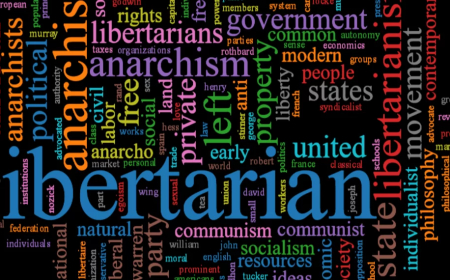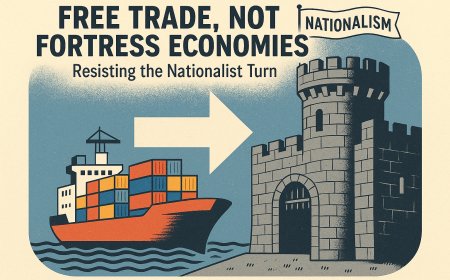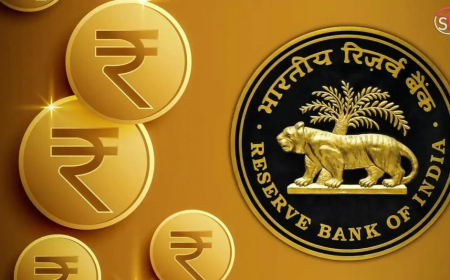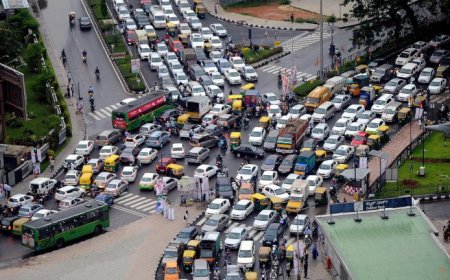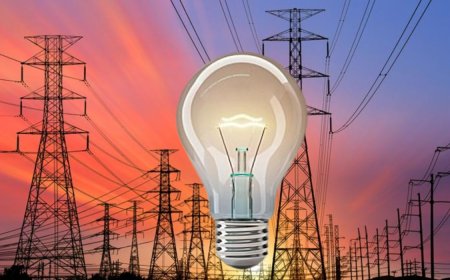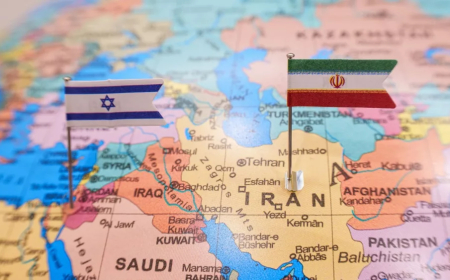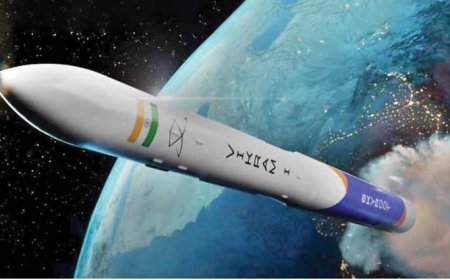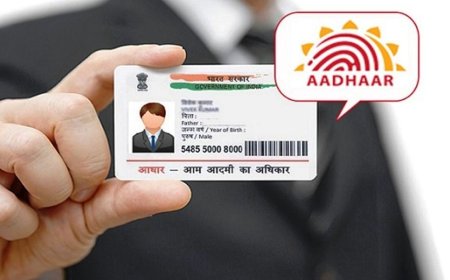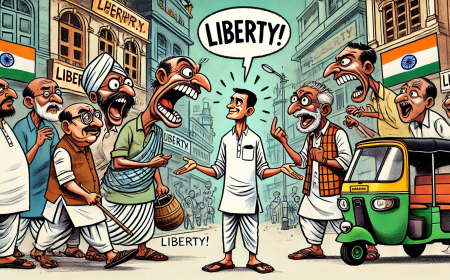How India's Chaotic Traffic Reflects Libertarianism in Action (Sort Of)
India’s chaotic traffic is a metaphor for libertarianism, where decentralized decision-making leads to innovation but also chaos. Can a balance of freedom and regulation improve things?

Anyone who's ever braved India’s notorious traffic jams knows one thing for sure: it’s chaos on wheels. However, what if we told you that this chaotic system reflects a form of decentralized decision-making? It may sound strange, but bear with us.
Imagine this: lanes, traffic signals, and signposts are suggestions—guidelines that often go unheeded. Instead, it’s every driver for themselves, constantly adjusting to their surroundings. Whether you’re maneuvering through a sea of honking cars, motorbikes, and auto-rickshaws, the underlying principle here is that individuals are making decisions on the fly, without centralized control.
Self-Organization or Anarchy?

In a sense, India’s traffic is a kind of "anarcho-capitalism" in motion. No one is strictly enforcing rules (except the occasional traffic cop who seems to be playing a game of whack-a-mole). Instead, drivers take matters into their own hands, creating an almost self-regulating system where the fittest—and most aggressive—succeed.
The libertarian parallel here is clear: a market without interference, where individuals can pursue their interests without bureaucratic hurdles. In this case, it’s about self-interest driving decisions, whether it's dodging potholes, squeezing between two cars, or using that lane no one else dares to.
The lack of a strong central authority means that individuals and drivers are left to make their own choices, for better or worse. Just like in a free market, no one is telling people how to navigate their own interests—unless it’s their own safety or survival on the line.
Where Can Libertarian Policies Help?
But here’s where things could improve—Libertarian principles may actually help optimize this system.
-
Decentralized Infrastructure Planning: Instead of having a singular government body handle all urban traffic planning, why not allow private companies or local municipalities to design their traffic systems? Different regions have different needs, and decentralizing traffic management could lead to more tailored, efficient solutions.
-
Privatized Roads and Lanes: Imagine if certain roads were privately managed, with incentives for companies to make sure they were as efficient as possible. Congestion pricing on roads, tolls during peak hours, or even the introduction of carpool lanes could alleviate traffic and make it more efficient, all without the bureaucracy.
-
Innovation in Transport: Libertarianism encourages innovation in the marketplace. Applying this to public transport, why not incentivize private companies to come up with innovative, low-cost solutions for urban transportation? Electric buses, smart traffic lights, or car-sharing services could reduce congestion and pollution.
A Little More Order, Please!
That being said, a little more structure wouldn’t hurt. While decentralized decision-making does work to some extent, traffic rules do have a purpose—ensuring safety and minimizing chaos. Just like in a truly free market, where rules are designed to protect against fraud and ensure fairness, India’s streets need some level of enforcement to prevent total mayhem.
Libertarians often argue that excessive government control stifles innovation. But in the case of traffic management, a light touch in regulation—perhaps enabling more competition in the transportation sector—could provide the best of both worlds: enough freedom for innovation and just enough order to avoid gridlock.
The Final Word
India’s chaotic traffic is a great metaphor for libertarianism in action. In a system where personal decisions drive much of the behavior, there’s undeniable efficiency in individuals doing what’s best for them. However, when it comes to infrastructure and safety, a balance needs to be struck. Too little regulation and the whole system risks breaking down into complete anarchy. Too much, and the vibrant innovation of India’s roadways could be stifled.
In the end, India’s roads could probably benefit from a healthy mix of self-regulation and just a touch of government oversight—proving that when it comes to traffic (and perhaps to broader libertarian policies), a hybrid approach might be the real solution.
What's Your Reaction?











